Science Fair Project Ideas for 7th Grade About General Biology Easy
From homemade helping hands to germs and sugary drinks, we have all of the most creative ideas for science projects right here! Time to use the scientific method for some awesome experiments and impress your peers. Let us help you win your middle school science fair!
1. Caffeine and Computers
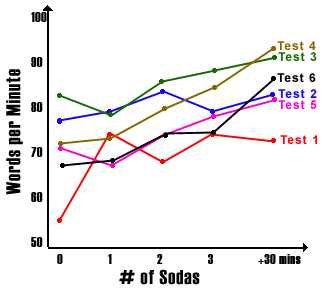
Can caffeine really help us focus more and work harder or faster? Write down some questions you want to answer and get experimenting with a cup of coffee (or two) and a computer! You can also use soda or another beverage with high caffeine content.
Learn more: thoughtco.com
2. Bridging the Gaps

Grab some pencils and small rubber bands to build a bridge inspired by Leonardo da Vinci! Follow the instructions here and see how much weight your bridge can hold at the end. You can make it more challenging by setting a time restriction or making it into a race!
Learn more: pinterest.com
3. Generating Amazement

This science fair project idea is sure to win you some blue ribbons! See what materials you need here and get started constructing your generator.
Learn more: sciencing.com
4. Blowing Bubbles

Does air temperature affect whether or not bubbles can form? Answer this question and others with this fun and interactive bubble-blowing science experiment using hot and cold water and see what happens!
Learn more: thoughtco.com
5. Homemade Chapstick

This science activity requires a few natural materials you can mix and match to create a completely unique lip balm for you and your classmates! Follow the instructions here to make your own.
Learn more: sciencebuddies.org
6. Bacteria Buddies

Collect and measure biofilm for your 7th grade science fair project. Pick a small container or surface you want to observe, submerge it in water for 2 weeks, and see what cool bacterial growth happens. Check out the link here to get started!
Learn more: thehomeschoolscientist.com
7. High Voice Helium

Here is some balloon science that is sure to bring laughs to the science fair. Why does helium affect our voice? Find out the answer for yourself by attempting this fun experiment!
Learn more: physlink.com
8. LEGO Coding

Do your students have an interest in computers? Grab some LEGO bricks and learn the basics of coding with this fun and useful engineering science fair project.
Learn more: littlebinsforlittlehands.com
9. A Rainbow of Density
:max_bytes(150000):strip_icc():format(webp)/GettyImages-1195928886-0f2d6e61f76f44efa517d74ffa910226.jpg)
This colorful experiment looks almost pretty enough to drink! Measure the density of various liquids by pouring them into a see-through container and seeing how they settle in perfect layers.
Learn more: thoughtco.com
10. Helping Hands
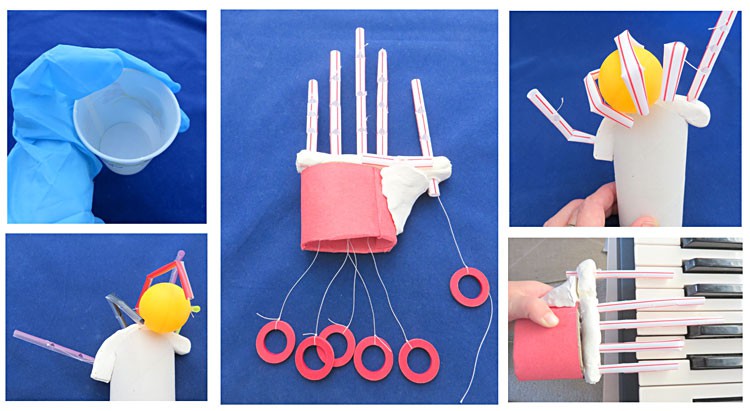
With a few materials, you can make your own working robotic hand! See what you need to begin here, and start using your extra hand to pick up some toys or have a glass of water.
Learn more: sciencebuddies.org
11. Can Crusher
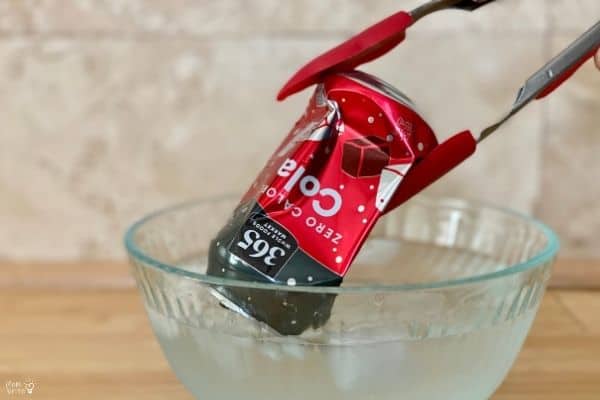
Did you know you can crush cans with air? Well, air pressure. It's a matter of hot and cold water causing pressure build-up in the can. Follow the instructions here to see if you can snap, crackle, and pop!
Learn more: stevespanglerscience.com
12. Cooking with The Sun

Are you hungry? Now you can roast your marshmallows using an old pizza box, aluminum foil, and a few other household items. See how to put your over together here and let the sun do the rest!
Learn more: childsci.org
13. Caviar or Juice Balls?

Your classmates don't want to drink their soda or juice? Turn it into fun and delicious juice spheres using this amazing 7th grade science project. See what you'll need to transform your liquids here, and get mixing!
Learn more: sciencebuddies.org
14. Acid Rain

See all the types of corrosion and how they are affected by pH levels using this fun 8th grade science project. You can choose any acidic liquid and measure the changes you see over time. Find instructions here and get experimenting!
Learn more: sciencebuddies.org
15. It's Dome Time!

Use newspaper, tape, and your amazing brain to create a geodesic dome that can support a surprising amount of weight. This is a simple age-appropriate idea for 5th graders but can be modified with more challenging designs for your 7th or 8th grader.
Learn more: sciencebuddies.org
16. Climate Change in Action!

Teach your middle school students about greenhouse gases and the wonders of our atmosphere with this fun science experiment. You'll need some glass jars, cold water, and a thermometer. Follow the instructions here to see how the sun can heat up the water and release the gas inside the jars!
Learn more: education.com
17. The Power of Charcoal

This magical powder is used in a variety of liquid water purification systems and you can see it in action with this easy science experiment. Follow the simple instructions here to watch how activated charcoal absorbs and removes molecules from your water!
Learn more: thehomeschoolscientist.com
18. Bath Bomb Science
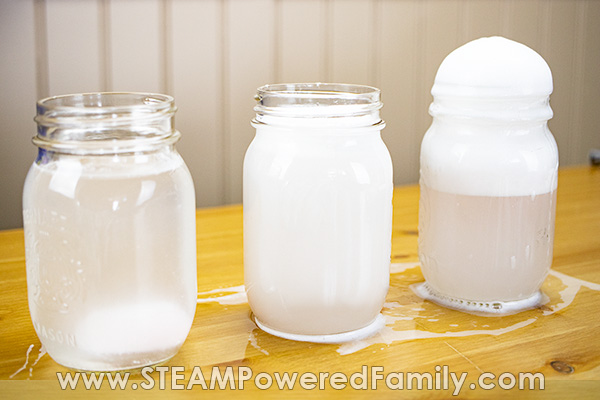
Bath bombs are great for a relaxing soak, but did you ever wonder if water temperature affects their bubbles? Grab some jars, a thermometer, and some of these fizzy bombs to test and see the results on your bath bomb science log. Find detailed instructions on how to, here!
Learn more: steampoweredfamily.com
19. Mummy Apples?!
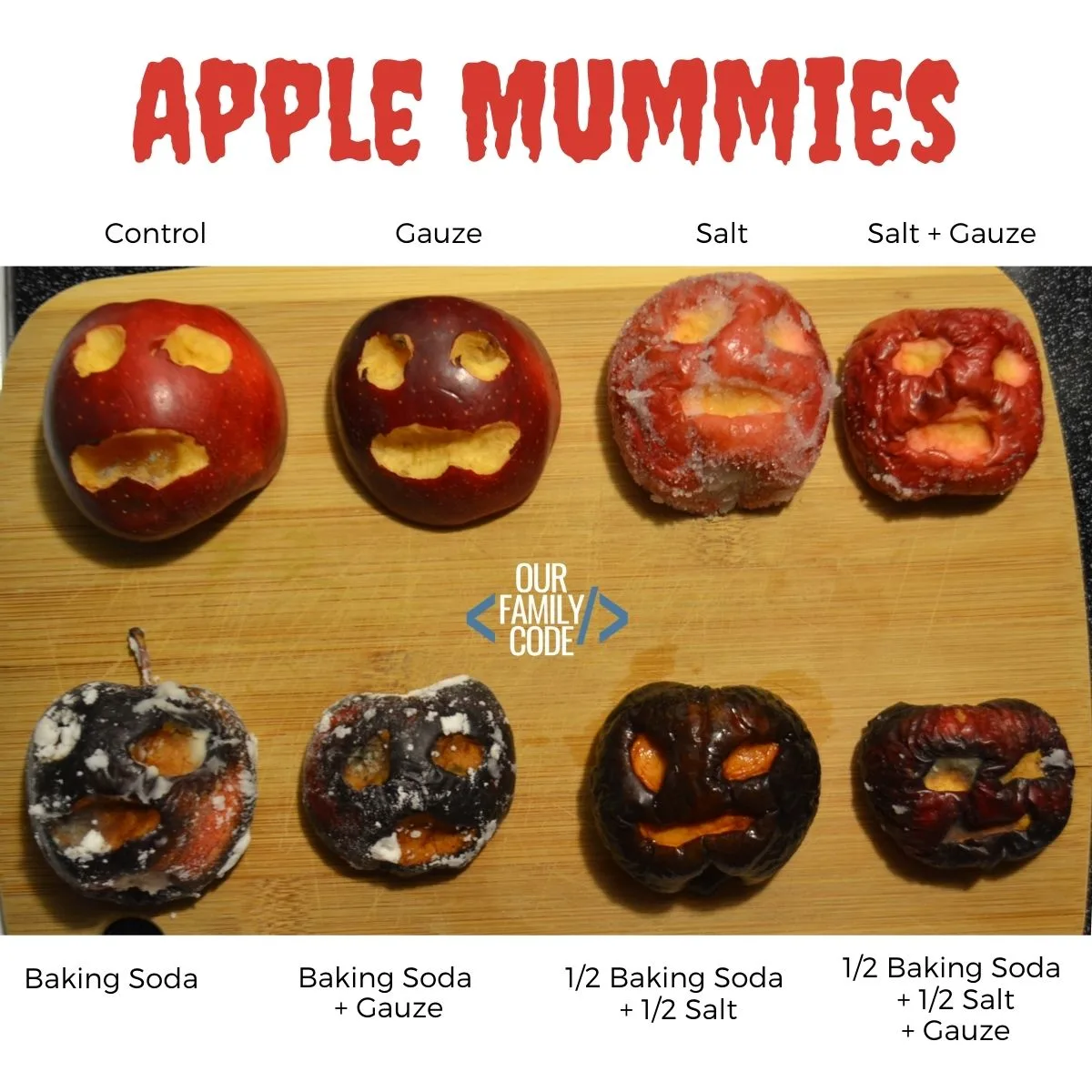
Did you know that with a few basic household ingredients you can mummify your food? This experiment uses apple slices, but you can try this in class or at home with a variety of foods. See how to make these salty mummies here!
Learn more: raisingarizonakids.com
20. It's A Germy World Out There!
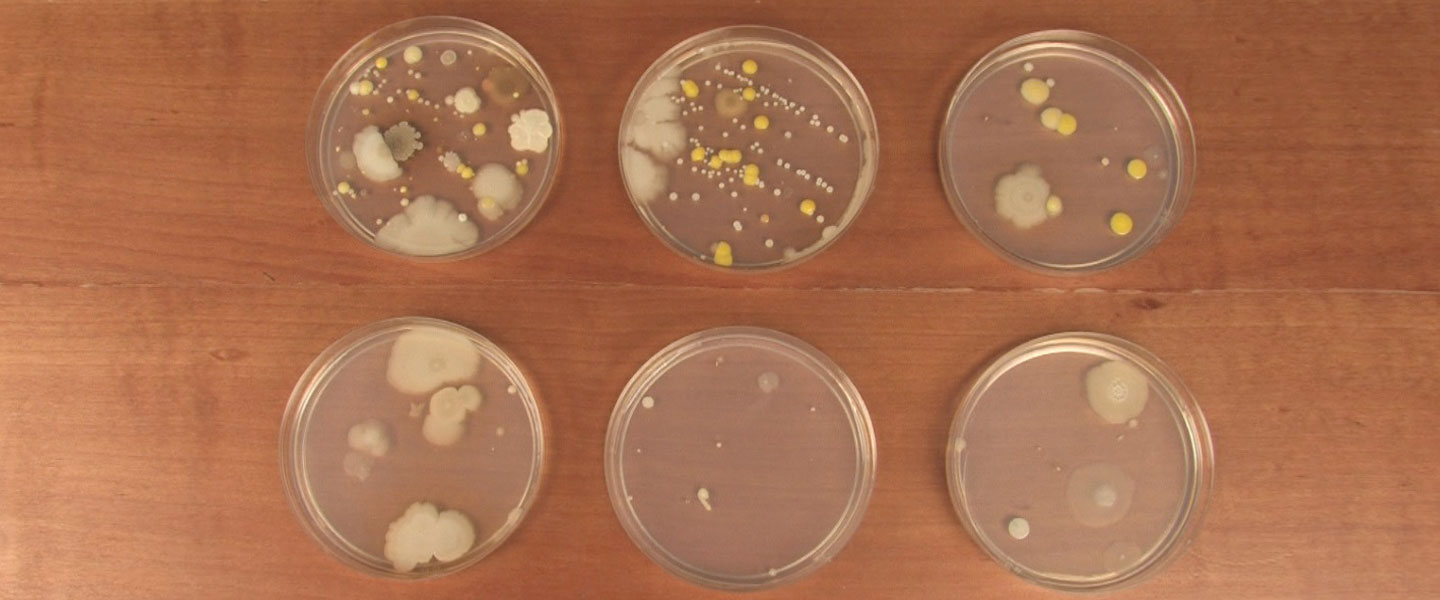
Pick a room at home, or your classroom and start swabbing! Using cotton swabs, take samples from multiple surfaces and let them sit in agar and grow. Take pictures and notes on how the germs grow in a week or two. To see what you need, check out this link.
Learn more: angelicscalliwagshomeschool.com
21. Insect Behavior Experiment

There are lots of simple and observable animal behavior experiments to try. This one sees how temperature affects ant behavior. You can put a container of ants in the fridge and another in the sun and watch/record their movements.
Learn more: antsalive.com
22. Color Associations

Try this experiment out on your classmates to see how colors affect how we learn, react, and retain information. You'll need some index cards and markers. See how to execute this experiment in a class by following the instructions in this link.
Learn more: education.org
23. Pinball Fun

Pinball machines may seem complicated, but with some creativity and a few art supplies, you can make your own to show off at the science fair. See the engineering design process to build your own here.
Learn more: learning.sciencemuseumgroup.org.uk
24. Classifying Candy

Classification is a way to find similarities and differences within a group. With this fun experiment, your students will classify different candies to represent taxonomy and understand a little more about group formation.
Learn more: ourjourneywestward.com
25. Amazing Oxidation!

Grab some household items, put them in paper cups of water, and see if they rust. Watch as they react differently depending on the type of water (distilled water versus saltwater) and take notes on your findings. For more information, check out this helpful link!
Learn more: teachbesideme.com
26. Melting Ice Mixtures

See if adding sugar, salt, or other substances changes the melting speed of ice cubes with this fun and easy experiment. Follow the steps here and log your results!
Learn more: sciencebuddies.org
27. Air-Powered Car

Can a balloon propel a car? Test this hypothesis yourself (in a mini version) using a simple homemade cardboard car and a balloon. Make a list of questions you wish to test and see if this is the future of travel!
Learn more: sciencebuddies.org
28. Preservative Spices
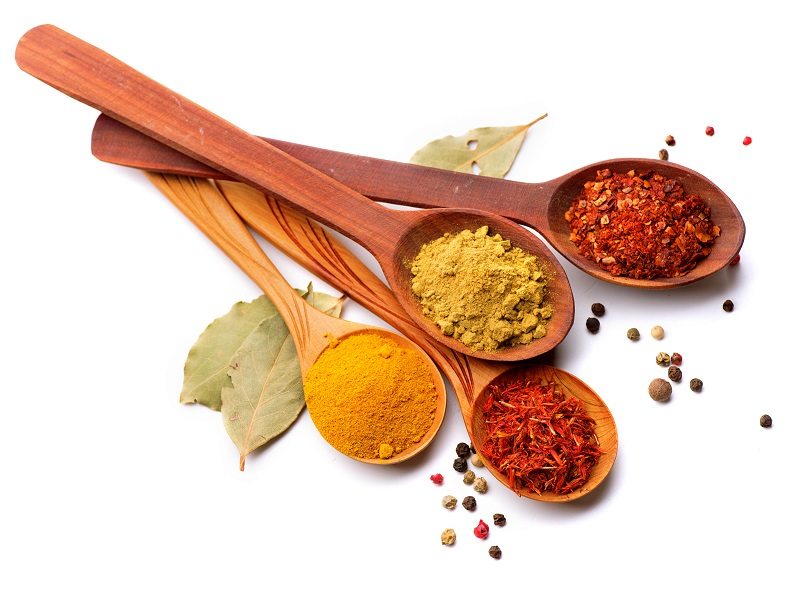
This spicy experiment will have your brain and tastes buds tingling! See what spices contain the preservative ingredient "carvacrol" and how they react with dissolved chicken broth cubes by following the procedure instructions here.
Learn more: sciencebuddies.org
29. Testing How Medications Dissolve

There are many brands of Ibuprofen out there. Pick up a few and test how well and fast they dissolve to see their effectiveness at relieving pain. Most medications need to pass into your bloodstream to work so this can give you useful real-life information. For tips and information check out this useful link.
Learn more: sciencebuddies.org
30. Water Erosion

This experiment is a fun way to see how water and earthwork together to create incredible natural landscapes. Pour some water into sand and see how the sand moves around and forms trenches. Log your results and repeat using different methods and strategies.
Learn more: sciencing.com
31. Tee Off!

Do you like golf? Are you curious about how height affects your swing and accuracy? Try this fun experiment by getting some volunteer golfers, male and female, and 3 different tees of varying heights. See if the longer tee helps or hinders the velocity of your ball and record your results.
Learn more: poster.4teachers.org
32. Are All Sugars the Same?
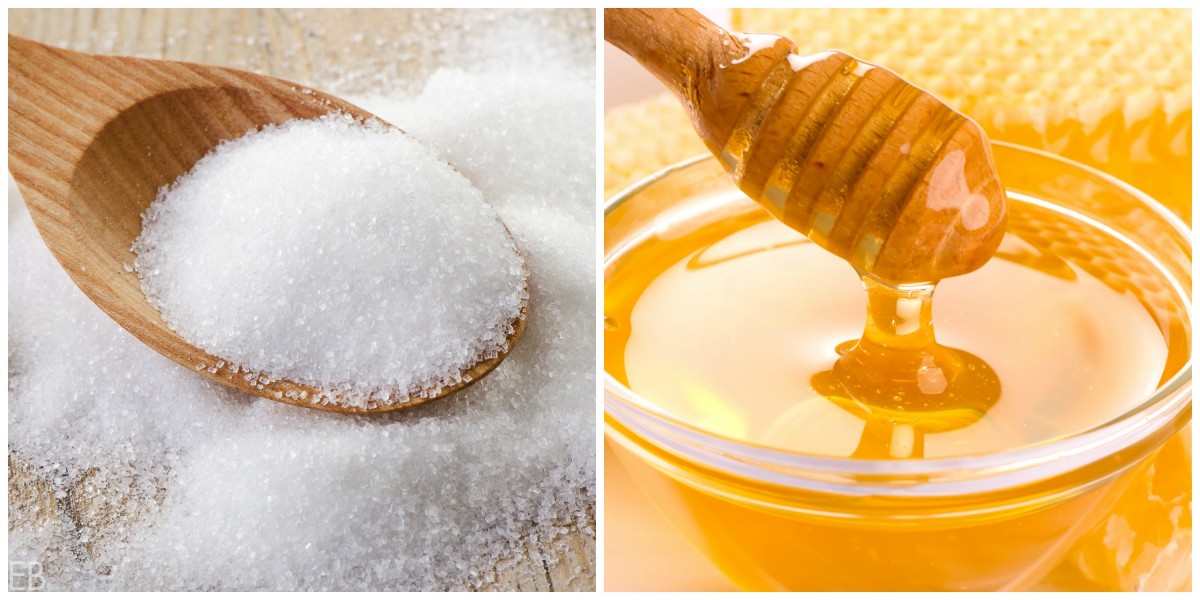
Test to see how sugar from different sources is processed by the body. Use water, honey, juice, and table sugar to test the reactions with reagent tablets. The results might give you a sugar rush!
Learn more: education.com
33. Manicure Time
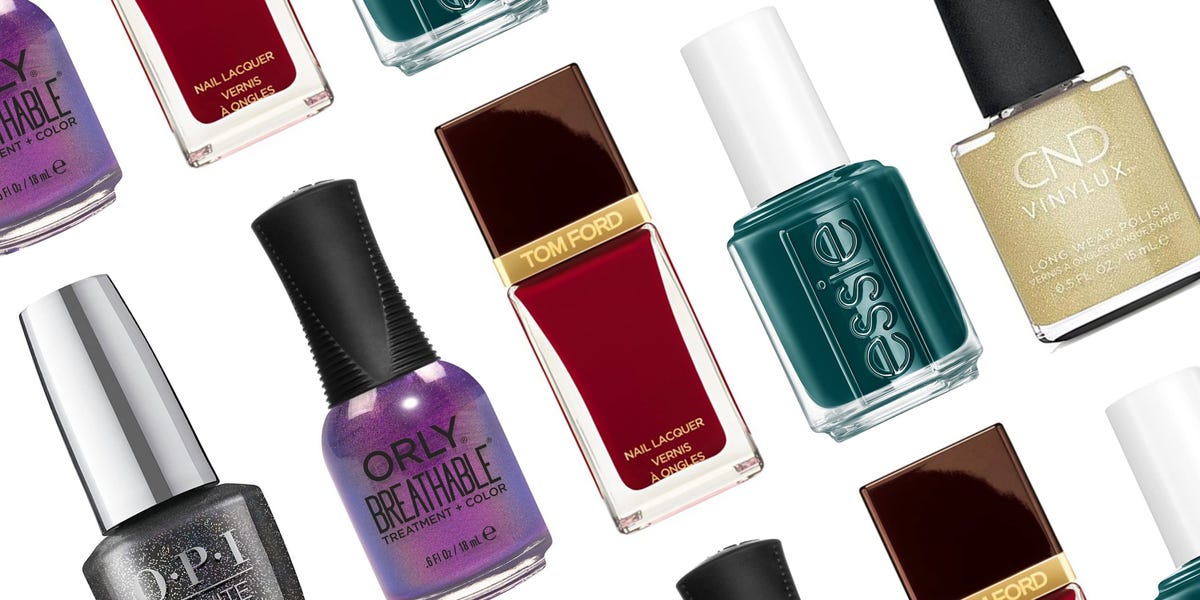
Grab a few different types and brands of nail polish from your local beauty store and test them out to see which last the longest. You can put a different polish on each fingernail and see how many days they take to chip or fade. Record your results.
Learn more: supplyme.com
34. Germs Around Us
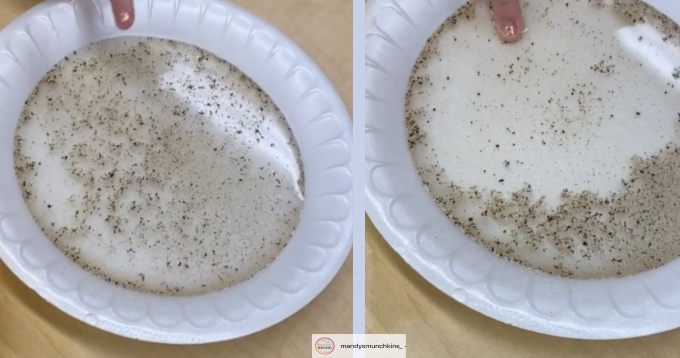
Test to see which surfaces have the most germs on them. Get a bacteria growing kit and pick some places to swab. You might be surprised by the germy results!
Learn more: supplyme.com
35. Portable Solar Energy

Build your own solar battery to charge your smart devices on the go. Follow the instructions here to put together your solar battery pack and see how well it works at powering your phone.
Learn more: instructables.com
36. Remembering Different Fonts
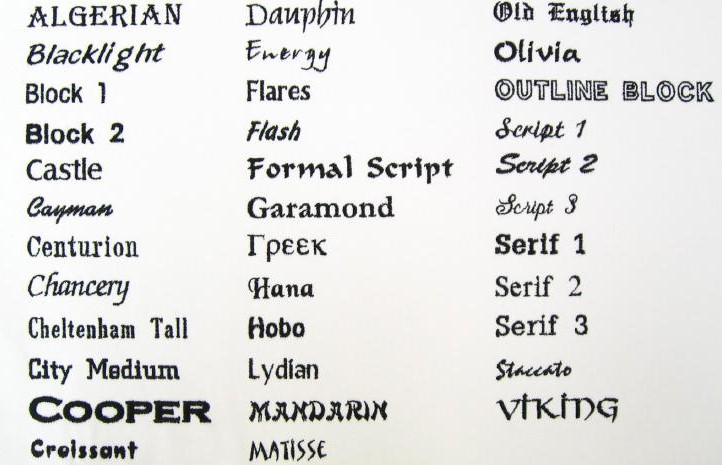
Does using one font help us remember the content better than if we were to use another one? If our teachers use Times New Roman versus Serif will we be able to remember information more easily? Grab a computer and some volunteers and try it out yourself!
Learn more: sciencefairadventure.com
37. Keep it Hot!

Do you wish your hot coffee, tea, or soup never got cold? Is there a way we can keep things hot? Try out this experiment using different cups and materials to see which ones keep the heat in the longest.
Learn more: supplyme.com
38. Musical Study Session

Should classrooms have music playing in the background to help students concentrate? How do different people react to music and do different types of music affect individuals in alternative ways? Try this out with a volunteer classroom and a playlist of various genres.
Learn more: supplyme.com
39. Flowers in Time
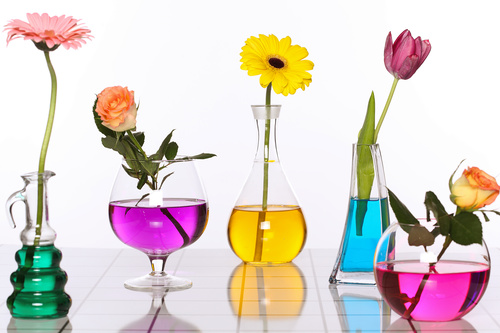
Are there simple things we can add to our water to help our flowers bloom for longer? Does water temperature matter? What if we add sugar or salt? Test out your ideas and hypotheses with this experiment.
Learn more: supplyme.com
40. Pen or Pencil?
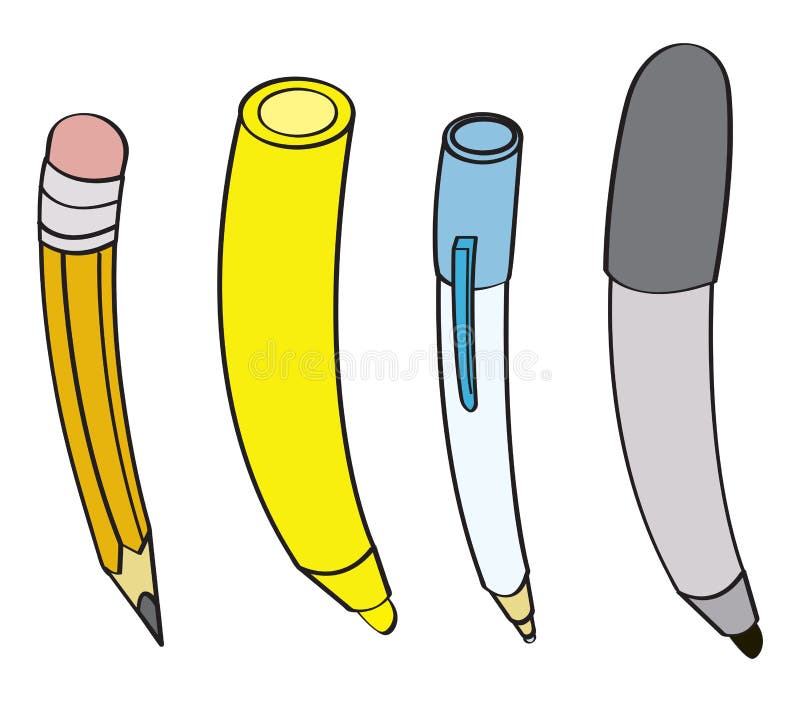
Test your hand movement/fatigue and note-taking ability with different writing instruments to see which works the best. Grab a few options: big pencil, mini pencil, blue pen, gel pen, marker, colored pencil. Use your classmates as test subjects and see what they think!
Learn more: supplyme.com
41. Dominant Senses

Can we feel more sensations in the dominant side of our bodies? You can try this out with 2 bowls, some hot and cold water, and a stopwatch/timer. See if you and your friends can last longer in the different temperatures with your non-dominant or dominant hands.
Learn more: education.com
42. Light Up the Dark

Black lights are a super fun tool to use in any experiment with fluorescents. See what materials, liquids, chemicals, and natural resources glow under a black light and which do not. Gives reasons to explain your findings and if your predictions were proven correct or incorrect.
Learn more: supplyme.com
43. Green Thumb or Bubble Gum?

How can we make hybrid fruits and vegetables like baby kiwi and blood limes? Scientists and botanists have been experimenting with grafting for centuries, and so can you! Use some chewing gum as a way to hold the stem and cuttings together so they can grow into one new hybrid branch, and see how your new invention grows!
Learn more: 100 Amazing Science Fair Projects by Glen Vecchione
44. Vision and Eye Color

Do blue-eyed people see better than brown-eyed people? More specifically this experiment looks at peripheral vision in different eye colors. Grab some classmates with different eye colors and some objects you can place around their area of vision to see who can see the best and if there is a correlation with eye color.
Learn more: supplyme.com
45. Pop Pop POP!
See which popcorn brand pops the most kernels per bag. Grab a few bags of different popcorn and test this out with the same time and microwave to see which gives you the most pop for your buck!
Learn more: supplyme.com
Source: https://www.teachingexpertise.com/classroom-ideas/7th-grade-science-fair-projects/
0 Response to "Science Fair Project Ideas for 7th Grade About General Biology Easy"
Post a Comment